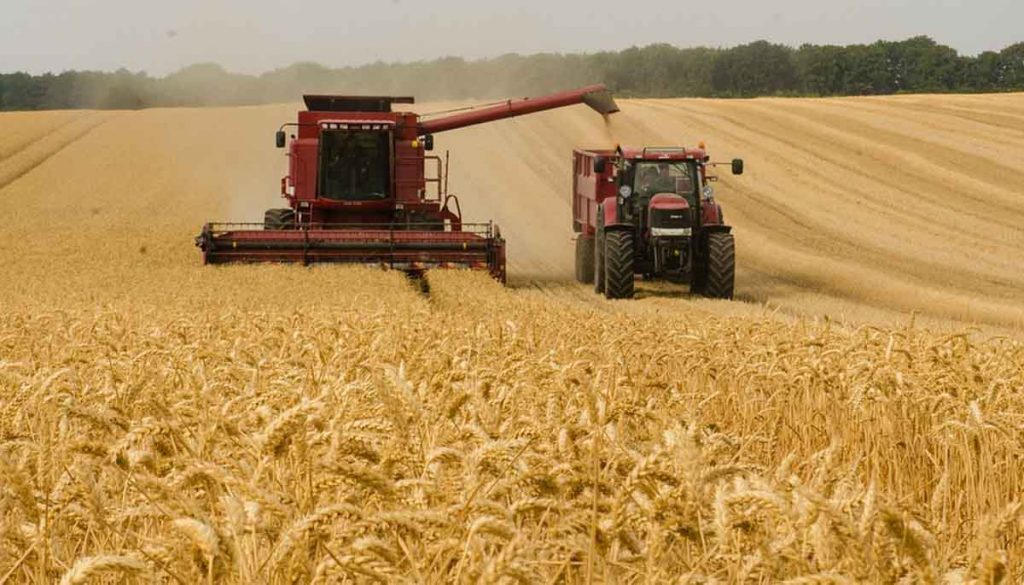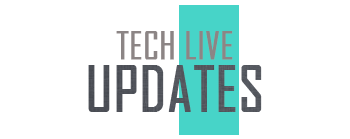
There was a time when farmers used to plow their fields by hand, after that they properly used animals which helped in plowing the field. But now a lot of progress has been made in the agriculture field and our smart farmers are now using animals as well as latest technology to grow crops.
In many countries, by using the technology in agriculture fields farmers are growing a good quantity of crop and making good profit. Out of them one such country is Netherlands which is using technology well in today’s time and it is the 2nd biggest exporter in the world after the USA.
Laura Reiley of Washington Post writes cutting-edge tech made this tiny country a major exporter of food.
It’s estimated that in 2021 this tiny country exported an estimated 104.7 billion euros. In agriculture products the Netherlands produces 4 million cows, 13 million pigs, and 104 million chickens a year altogether.
They are Europe’s biggest meat exporter. When it comes to vegetables they are the second largest exporter in the world and they are the world’s top exporter of potatoes and onions and it probably doesn’t need to be said but the Netherlands is also the largest exporter in cut flowers.
All this possible as dutch agriculture uses technology to fully control the growing environment of crops. The advanced technology systems enable Dutch farmers to fully control the growing environment of their crops, resulting in increased production, reduced waste, and a smaller ecological footprint.
Not only this, Ed Asscheman who is online editor at futurefarming.com who covered about the new farming equipment, recently exhibited at the demo field in second edition of the Dutch exhibition Future Farming & Food Experience reveals that how a vSET (vegetable seed embedding technology) packed machine automatically plants cabbage plants.
Additionally it has also been demoed that how drones can be used to spray pesticide without touching chemical, how laser system can be used to eliminate the weeds. How solar panels on the roof is beneficial to power up the water pump automatically wherever the water is required.
Below we have covered more, have a look at the technologies and techniques employed by Dutch agriculture, and delve into the pros and cons of these methods .
Table of Contents
Dutch Agriculture Technology: An Overview
Although its land area is small, the Netherlands ranks as the world’s second-largest exporter of food and agricultural products, surpassed only by the United States. This incredible feat can be largely attributed to the widespread use of cutting-edge technology in Dutch agriculture. Here are some key innovations that play a role in the country’s agricultural success:
Greenhouses and Controlled Environment Agriculture (CEA)
Greenhouses are one of the most recognizable features of Dutch farming and a core element of their agriculture technology.
These structures provide an enclosed environment where temperature, humidity, light, and other factors are carefully monitored and adjusted to create optimal conditions for crop growth.
This is known as Controlled Environment Agriculture (CEA).
Vertical Farming and Space-Saving Techniques
Vertical farming technology is another significant aspect of Dutch agriculture, as it enables the cultivation of crops on tiered shelving systems. By making the most of limited space, vertical farming allows for more efficient use of resources and higher crop yields.
Precision Agriculture and IoT (Internet of Things)
Internet of Things (IoT) devices, drones, and sensors are employed to help Dutch farmers gather and analyze real-time data about their crops, soil, and weather conditions.
This data-driven approach, referred to as precision agriculture, allows for better decision-making and optimized resource management, ultimately resulting in higher yields, reduced waste, and increased sustainability.
Smart Technology and AI
At present how we can forgot the power of AI. With the use of smart technology and AI, the Dutch farmer is improving the crop quality day by day. The AI programs like chat gpt helping farmers and educating them how you should plant the seeds and what is the right way to protect the crop from insects.
Ai programs help and let you know what soli ration is required, how much urea you should add, what is right amount of water, when you should give water and what is the right time to cut it.
Not only this, you can also use these AI programs with smart robots to monitor your crops 24/7. In case of any untoward incident, this AI technology will assist and send alerts on your mobile so that you can take immediate action.
Pros and Cons of Dutch Agriculture Technology
Although Dutch agriculture technology offers numerous advantages, it’s important to address the potential drawbacks and address the concerns that have arisen alongside its rapid development.
Advantages
Increased Efficiency and Yields
Dutch farmers have managed to double their crop yields over the last 50 years, in large part due to the adoption of advanced technologies.
By carefully monitoring and controlling the growing environment, farmers can ensure that their crops receive the care they need, leading to an increase in overall productivity.
Reduced Environmental Impact
Traditional farming practices have often been linked to deforestation, soil degradation, and excessive water usage.
However, Dutch agriculture technology aims to mitigate these negative environmental effects. CEA allows for the recycling of water and nutrients, leading to a massive reduction in water usage.
Vertical farming also reduces the amount of land required for cultivation, thereby decreasing the need for deforestation.
Enhanced Food Security
Climate change poses a significant threat to global food security.
The controlled environments afforded by Dutch agriculture technology provide a measure of resilience against unpredictable weather conditions and natural disasters, as it allows farmers to maintain consistent production levels even in times of adversity.
Disadvantages
High Initial Costs
The advanced technology used in Dutch agriculture often comes with hefty price tags, which may be prohibitive for smaller farmers or those in developing countries. For these individuals, it may be financially challenging to access, install, and maintain the infrastructure necessary for implementing CEA, vertical farming, and precision agriculture.
Difficulty of Adoption in Developing Countries
The rapid advancement of Dutch technology is not confined to the Netherlands alone.
As such, other countries are beginning to implement their own versions of these innovations. However, due to a lack of technological infrastructure and expertise in many developing nations, it can be difficult to effectively implement such technologies.
Conclusion
The Netherlands is a leader in agricultural technology, with its advanced techniques providing a variety of benefits for farmers and consumers alike.
By creating controlled environments and leveraging precision agriculture tools, Dutch farmers are able to maximize their yields while minimizing their environmental impact. However, the high costs associated with these technologies can be prohibitive and may hinder their wider adoption in developing countries.
Ultimately, it is up to the international community to identify ways of making these technologies more accessible and beneficial for all.
Though Dutch agriculture technology has made impressive advances in recent years, there are still many opportunities for further development. Research into new agricultural techniques such as aquaponics and aeroponics could provide innovative solutions for addressing global food security and sustainability challenges.
With the right investments in innovation, the Netherlands could continue to be a leader in agricultural technology for years to come.
Sources
- “Agricultural Research and Innovation – Dutch Agriculture Technology.” Wageningen University & Research | WUR, https://www.wur.nl/en/Research-Results/Chair-groups/Plant-Sciences/Research/Agricultural-Research-Innovation.htm
- “The Netherlands, Land of Greenhouses and Dikes.” The New York Times, https://www.nytimes.com/2018/06/14/travel/the-netherlands-land-of-greenhouses-and-dikes.html
- “What Is Controlled Environment Agriculture (CEA)?” Bright Agrotech, https://www.brightagrotech.com/what-is-controlled-environment-agriculture/
- “Vertical Farming: Opportunities and Challenges in Food Production.” PrecisionAgNetwork, 3 Dec 2020, https://www.precisionagnetwork.com/vertical-farming-opportunities-challenges-food-production/
- “Precision Agriculture | How Does It Work?” Kisan Network, 18 June 2020, https://kisannetwork.com/blog/precision-agriculture-how-does-it-work/
- “Our Work in the Netherlands.” CGIAR, https://www.cgiar.org/where-we-work/netherlands/
- “Advantages & Disadvantages of Precision Agriculture.” AgriFarming, 26 May 2020, https://agrifarmingblog.com/advantages-disadvantages-of-precision-agriculture/
- “What Are the Benefits of Aquaponics?” Bright Agrotech, https://www.brightagrotech.com/what-are-the-benefits-of-aquaponics/
- “What Is Aeroponics? Advantages & Disadvantages of Aeroponics.” AgriFarming, 30 March 2020, https://agrifarmingblog.com/what-is-aeroponics-advantages-disadvantages/
- “Vertical Farming: An Innovative Way to Feed the World?” Global Change Analysis Laboratory – Purdue University, 31 July 2018, https://gcal.gcb.purdue.edu/2018/07/31/vertical-farming-an-innovative-way-to-feed-the-world/





More Stories
The Ins and Outs of Knowledge Management (KM)
VoIP Security Matters: Safeguarding Your Conversations in the Digital Age
Which career combines DNA technology and medicine